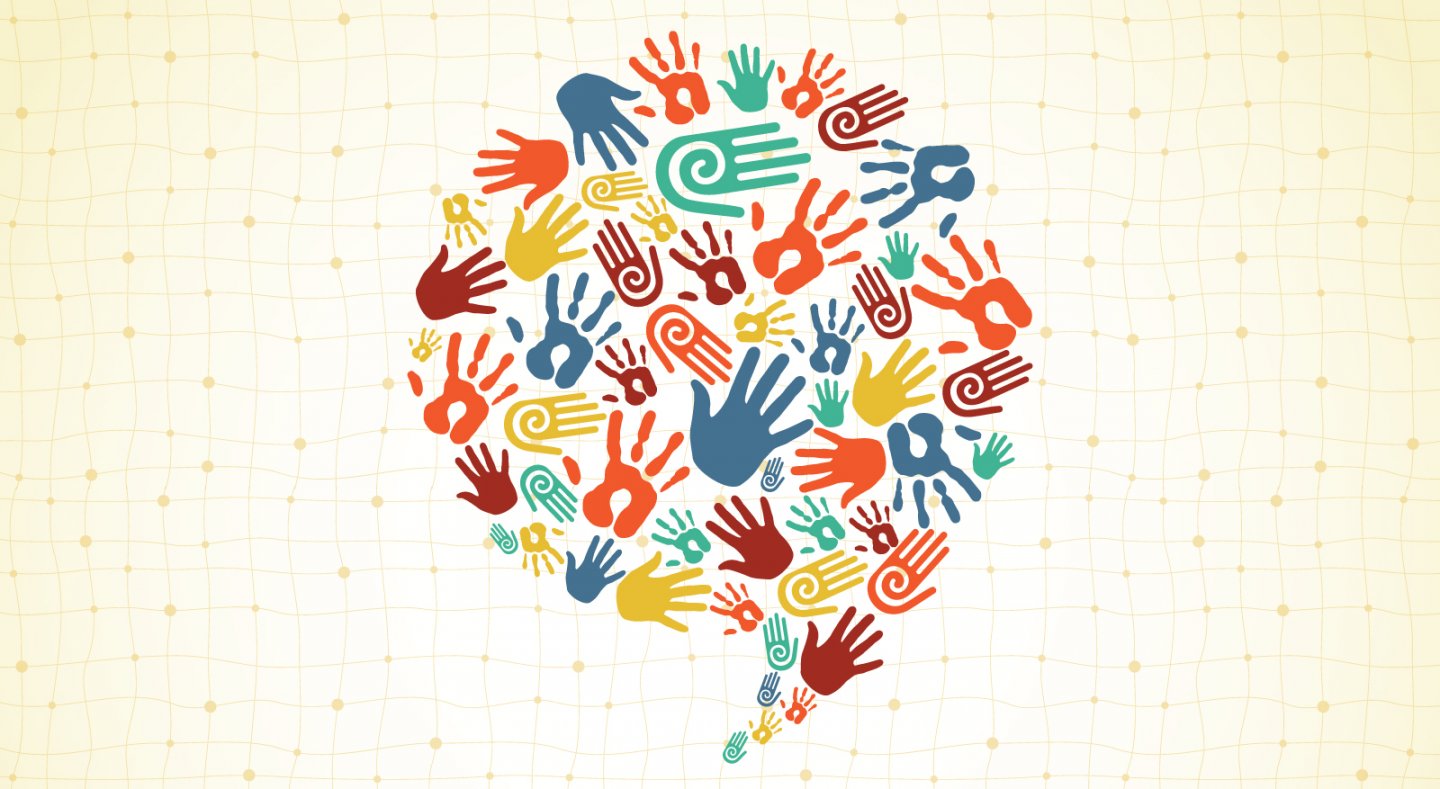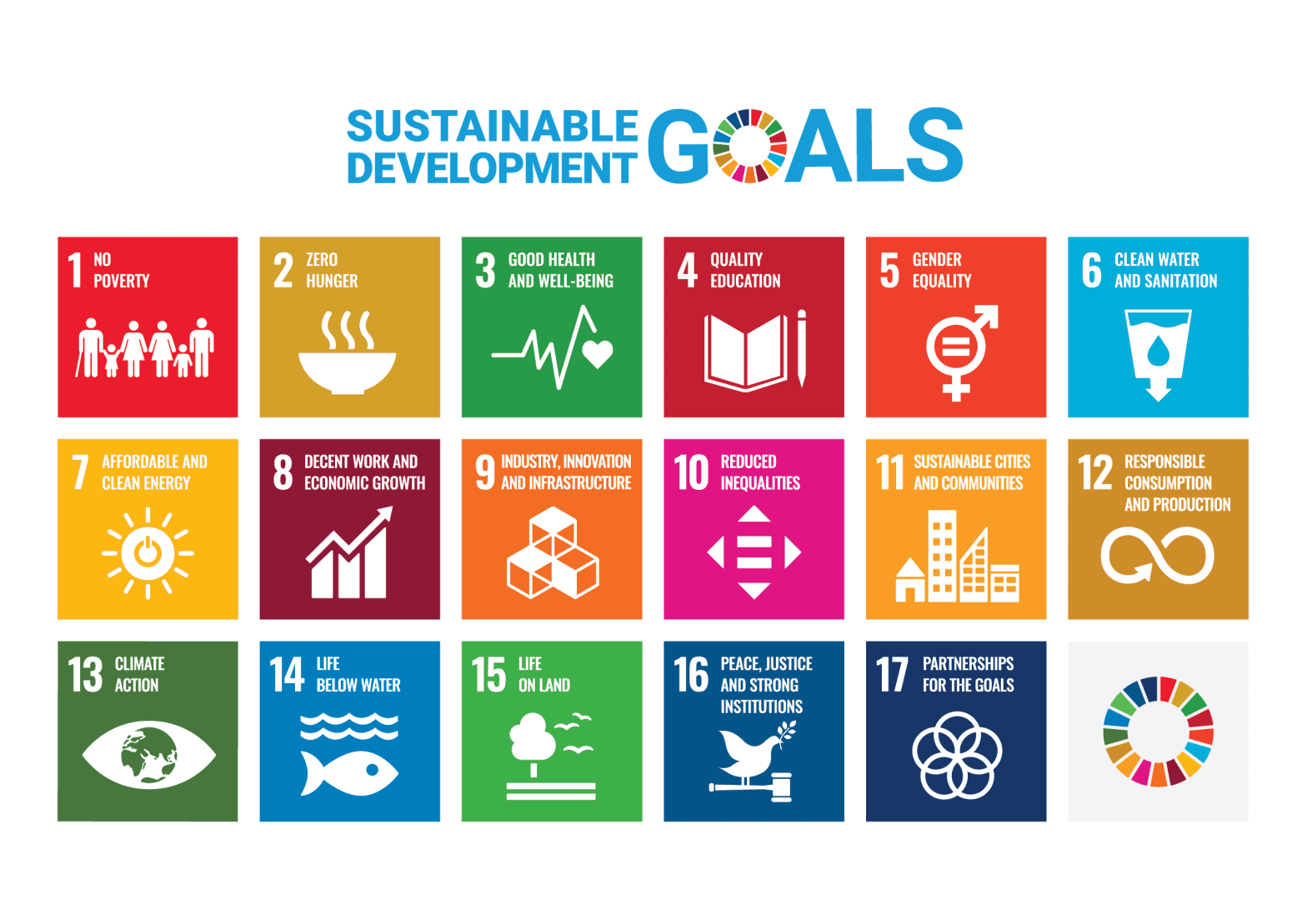Social Impact Measurement: A Lean Approach
The wider need for social value reporting
Following on from our article on using the UN SDGs to record your social impact, there is a clear need for social impact measurement and reporting within society. Management consultant and business writer Peter Drucker said: “what gets measured gets managed.”
Effective social impact is driven by a culture of rigorous data collection. It offers an objective and unbiased view into the outcomes of experiments with a view to more informed decision-making.
It can also be used to monitor performance on an ongoing basis, drive continuous improvement and quickly surface any issues, leading to better results for your participants and for your organisation.
Social impact measuring and reporting impact means you can report back to funders/investors on time with quality reports and use the strength of your impact measurement – and your findings – to attract additional funding/investment.
Having reliable data on what works (and what doesn’t) helps you share and collaborate with other organisations in the sector, in order to bring about the wider systemic change that comes from scaling social change.
The case against frameworks for impact reporting
We’re a huge advocate of frameworks, however, while useful for guidance, frameworks aren’t for everyone, especially organisations who are just getting to grips with their social impact reporting.
Why? Well, social impact projects can often suffer from focussing too rigidly on financial or operational metrics, particularly if a waterfall method of project management is enforced or where milestones, targets and activities need to be meticulously planned and every penny accounted for before a project even begins.
Similarly, a framework with dozens (or sometimes hundreds) of Key Performance Indicators (KPI) can be daunting for some businesses and can be far too detailed to allow for some initial experimentation before fully committing to a project.
Lean startup methodology
Social impact activities could benefit more from the “lean impact” model – an agile approach detailed in Ann Mei Chang’s book of the same name and borrowed from the Lean Startup movement. Its main principles are the same: start fast, launch early, validate, evaluate and iterate often.
The Lean Startup methodology focuses on two key pillars that need planning for and measuring:
Pillar 1: What is your value?
Accelerator Y Combinator’s simple motto will already be familiar to businesses: “Make something people want.” Products and services will live or die based on whether customers are willing to pay for them. But what about corporate responsibility activities?
Don’t aim to merely provide some value, offer something beneficiaries demand, use, and encourage their family and friends to engage with.
Think about how you’ll know you’re offering value: co-design solutions with end-users, think about what your Minimum Valuable Product [or service] might look like, ask customers how much they use and value those solutions and track how much they’re used.
For example, if you’re working on an initiative in a local community, ask them about their requirements, wants and needs – make sure you’re addressing a real issue facing society.
And remember, the people benefitting may not necessarily be your paying customer.
Pillar 2: Scaling your offering
Starting small needs to paired with thinking big. To have an effective social impact, any product or service needs to be scaled over time. Consider who will be the partners you need to work with to scale your activities: is it complementary businesses in your sector, the public sector, specific government agencies or NGOs?
Consider who will be paying for any ongoing work and scaling and who will be actually doing the work. Will your solution scale through market forces? Through adoption by government agencies? Through replication/franchising?
Your need complete trust and buy-in from your investors, boards and stakeholders. Trust is nurtured through evidence-based reports and feedback.
Adding the third dimension: Lean Impact
Impact should be the ultimate aim of any social value activity, so should be the main focus of testing your solution. Before expanding the size and scope of a product or service against the other two pillars, you need to answer the basic question: does it work?
There are several ways to model and design for social impact, including a Theory of Change, which helps map causal links between activities and their anticipated effects towards achieving the desired outcome.
However, the most important thing is to decide what matters, being prescriptive about your targets but flexible about your strategies will improve your chances of success.
Remember: shorter-term goals may be easier to achieve, are lower-risk, easier to measure and deliver quicker wins, but will they have the desired social impact?
Is it more important to get a homeless person off the street or to help them gain the skills needed to live independently over time?
A lean approach to data
In order to validate and iterate regularly against these pillars, we need reliable data, in the form of customer feedback, usage metrics and other analytics. This is how we will measure and evaluate the effectiveness and overall impact of our activities.
Lean data is an approach to impact measurement developed by Acumen and involves two main elements:
Set objective success criteria at the start of a project or campaign and ask yourself questions such as:
How to gather the right data
You’ll gather some of this information directly from customers/end users, in the form of “lean surveys”, using focussed questions to gather meaningful information about social performance.
When designing survey questions to measure impact, consider the following:
We’ve actually got a few great resources available for download here, here and here that explores survey design and structure for high response rates and the importance of using them when identifying your social impact.
Utilise lean tools for quick, direct communication
Another feature of lean data is lean tools – technology used to gather data quickly and efficiently, enabling the company to have quick, direct communications with customers.
These could be mobile phones, where participants in a project can be polled using a simple yes/no text message reply, or brief surveys on mobile-friendly web pages.
You can also use lean tools to follow up longer-term, beyond the end of a project. For example, the Harambee Youth Employment Accelerator in South Africa proudly promotes its social impact measurement and reporting on its homepage, establishing the impact of its programmes by sending regular follow up texts asking its job seekers if they’ve found work, were promoted, lost a job or found their services useful.
Each implementation of lean data involves a different set of questions to answer, metrics to gather, technologies to deploy and methodologies to use. For example, the increasing sophistication of sensor technology will allow for more accurate data collection, doesn’t require human intervention and will revolutionise industries such as agriculture.
In summary
There is no right or wrong way when it comes to collecting data for social impact measurement and reporting – only some approaches are better and more efficient than others. If you are only at the beginning of your journey, impact measurement using the lean approach mentioned in this guide is an excellent place to begin.




